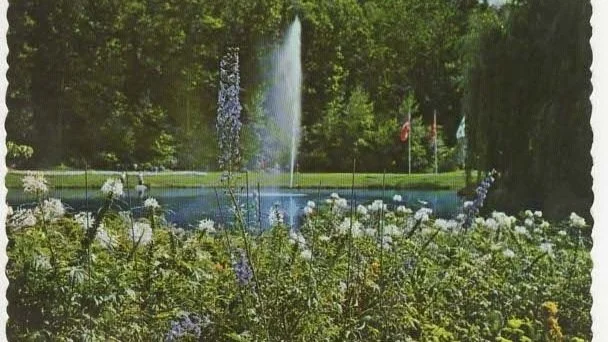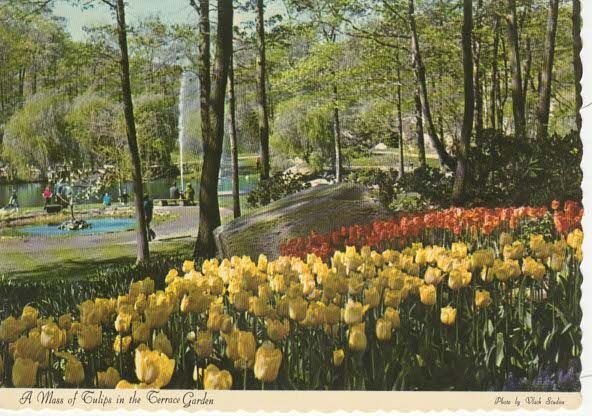Sterling Forest
Much of today's Town of Tuxedo was the site of a busy iron mining, refining, and manufacturing operation in the 19th century. As this industry reached the end of its life cycle, most of the land passed into the hands of E. H. Harriman, principal stockholder of the Sterling Iron & Railway Company. It remained in the Harriman family's ownership until it was sold in the mid-1950's to the City Investing Company.
Almost immediately, City Investing began planning and developing an integrated research, education, and residential community known as Sterling Forest. A swampy area in the Tuxedo part of the tract was transformed into a world-renowned floral showplace, Sterling Forest Gardens, which opened in 1957, followed a few years later by an adjacent ski center. Between 1955 and 1970, three residential areas - Maple Brook, Laurel Ridge, and Clinton Woods - were developed in Tuxedo, along with research and office centers built in Sterling Forest by Union Carbide, Reichhold Chemicals, International Paper, New York University, International Nickel, and IBM (the latter three in the Town of Warwick). The area north of Sterling Lake and south of Sterling Forest Gardens was designated as “University Valley,” but a plan to develop it into NYU's graduate studies campus was never realized.
Sterling Forest Gardens ceased operation in the late 1970's, but the ski center continued in operation until very recently. The gardens site has been the home of the New York Renaissance Faire for many years. The International Paper and Reichhold Chemical facilities have changed hands and have been converted to other uses, while Union Carbide's research reactor and associated laboratories have been completely removed from the landscape.



